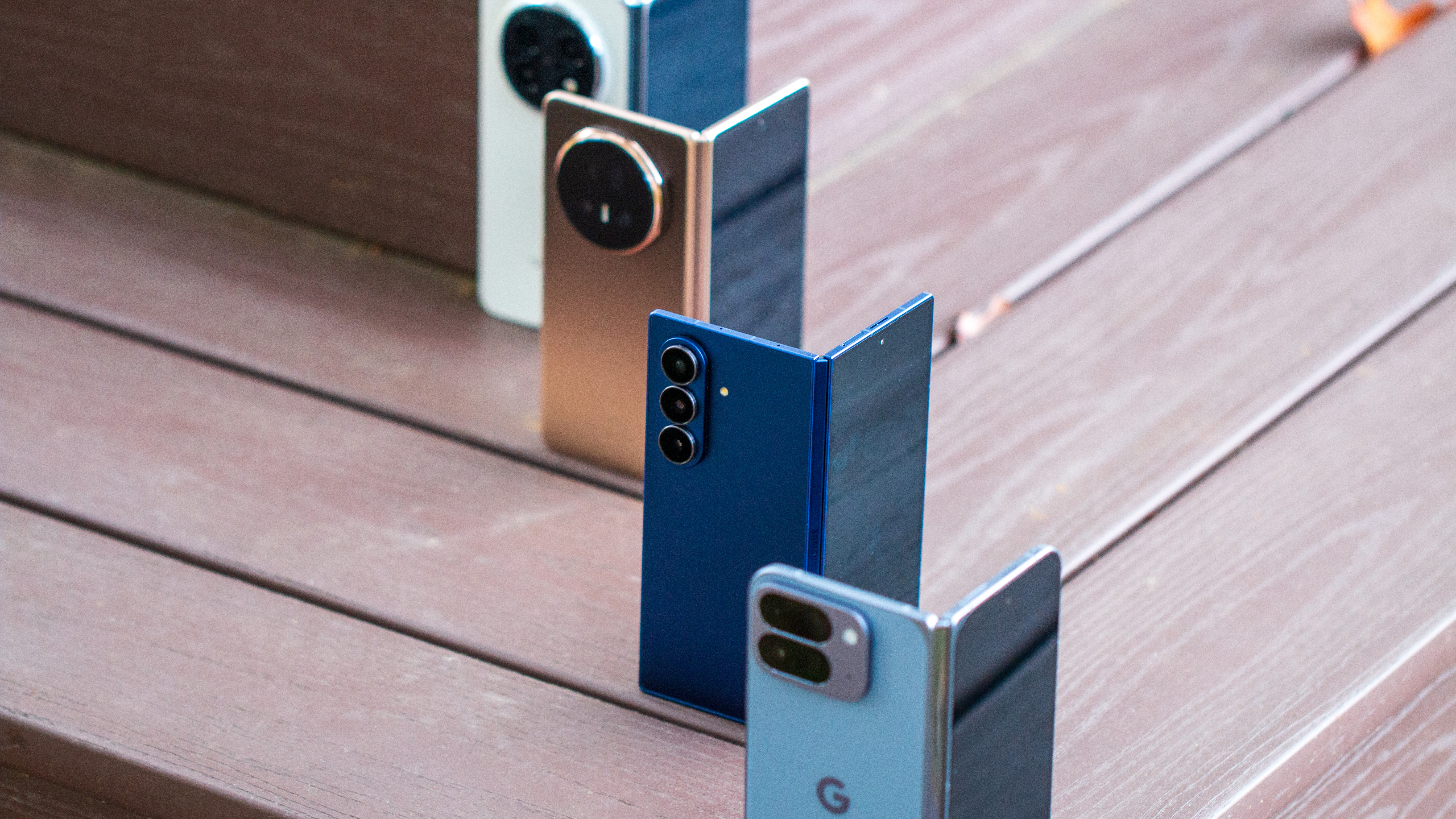Google Pixel 9 Pro vs. Pixel 7 Pro: It all depends on how long you plan to use it
The Pixel 9 Pro is a worthy investment, but it's hard to ignore the great deals on the 7 Pro.
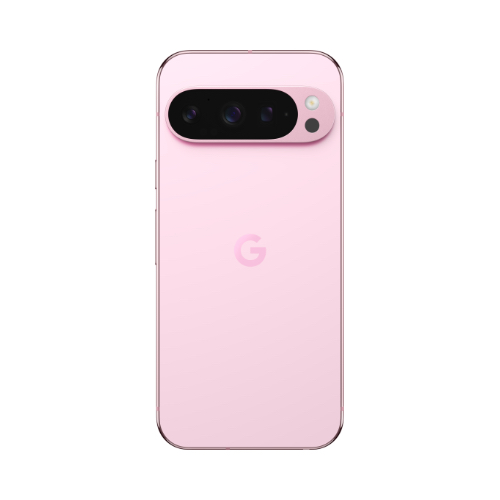
Pro features, smaller size
Google finally gave us what we've been asking for — a smaller Pro Pixel. The 9 Pro packs all the features you'd expect from Google's Pro smartphone line, but now with a more handy 6.3-inch display.
Pros
- New compact size
- Seven years of software support
- Very useful AI features
- Excellent cameras (as always)
- Quicker charging
- Sharper design with beautiful new colors
Cons
- Iffy fingerprint sensor with some screen protectors
- Tensor SoC still isn't the best for gaming
- 128GB is still the base storage
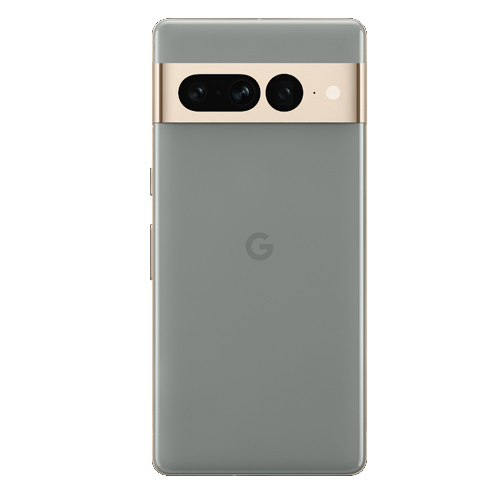
A great deal if you don't mind compromising
The top-storage variant of the Pixel 7 Pro can be found for as low as $500 online, making it a superb deal for a premium Pixel device. Keep in mind though, that it's not the greatest for gaming and Android OS upgrades end in 2025.
Pros
- Vibrant 120Hz OLED screen
- Tensor G2 gets the job done
- Great cameras
- Fingerprint reader is quick
- Lean Android, exclusive AI features
- Available at steep discounts
Cons
- Processor isn't great for gaming
- Android OS upgrades only till 2025
- Large footprint might not suit all
With the Pixel 9 Pro now on sale, older Pixels have begun getting big price cuts making them more appealing than ever. The Pixel 7 Pro from 2022 can be found online for around $415, while the top-end 512GB variant is also just on the $500 mark. This makes it incredibly tempting and we wouldn't blame you if you added it to your cart, purely on impulse. But let's pause for a moment and think— is it worth buying the 7 Pro in 2024?
The Pixel 9 Pro is easily one of the best Android phones today, but so was the Pixel 7 Pro for the longest time. If you had to choose between the Pixel 9 Pro vs. Pixel 7 Pro today, which phone would be the wiser investment?
Google Pixel 9 Pro vs. Pixel 7 Pro: Design and displays
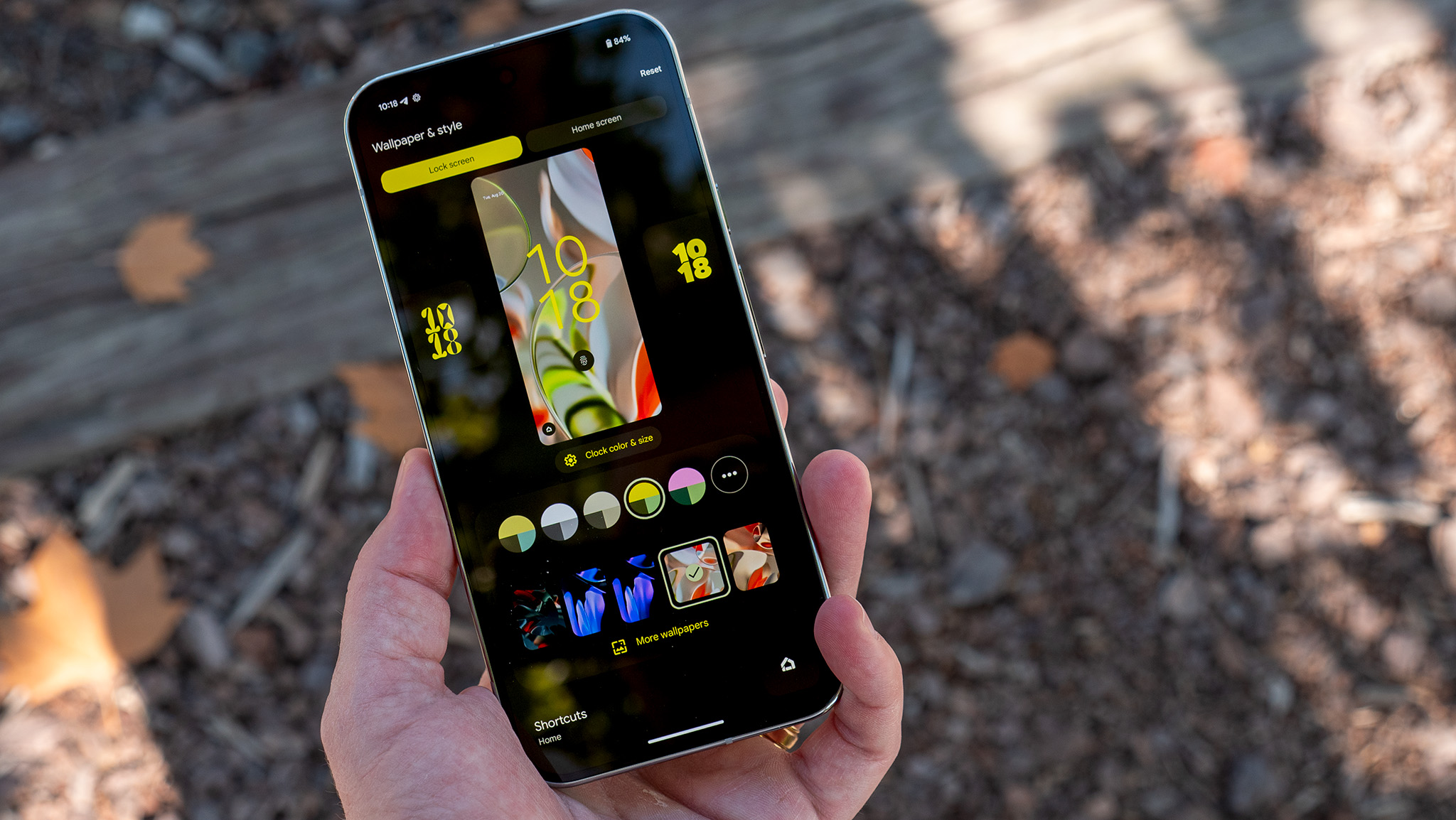
There's a stark difference in design between the Pixel 9 Pro and 7 Pro. For a two-year-old model, the Pixel 7 Pro is still a looker, and I still love the sloping soft edges around the frame and corners. The design is premium, yet subtle. Google went for a sharper and more in-your-face look for the 9 Pro, which I also find really cool. The frame is now flat all around, making it feel more like an iPhone. The new island-style visor on the back for the camera looks futuristic and will be instantly recognizable as a 9-series phone.
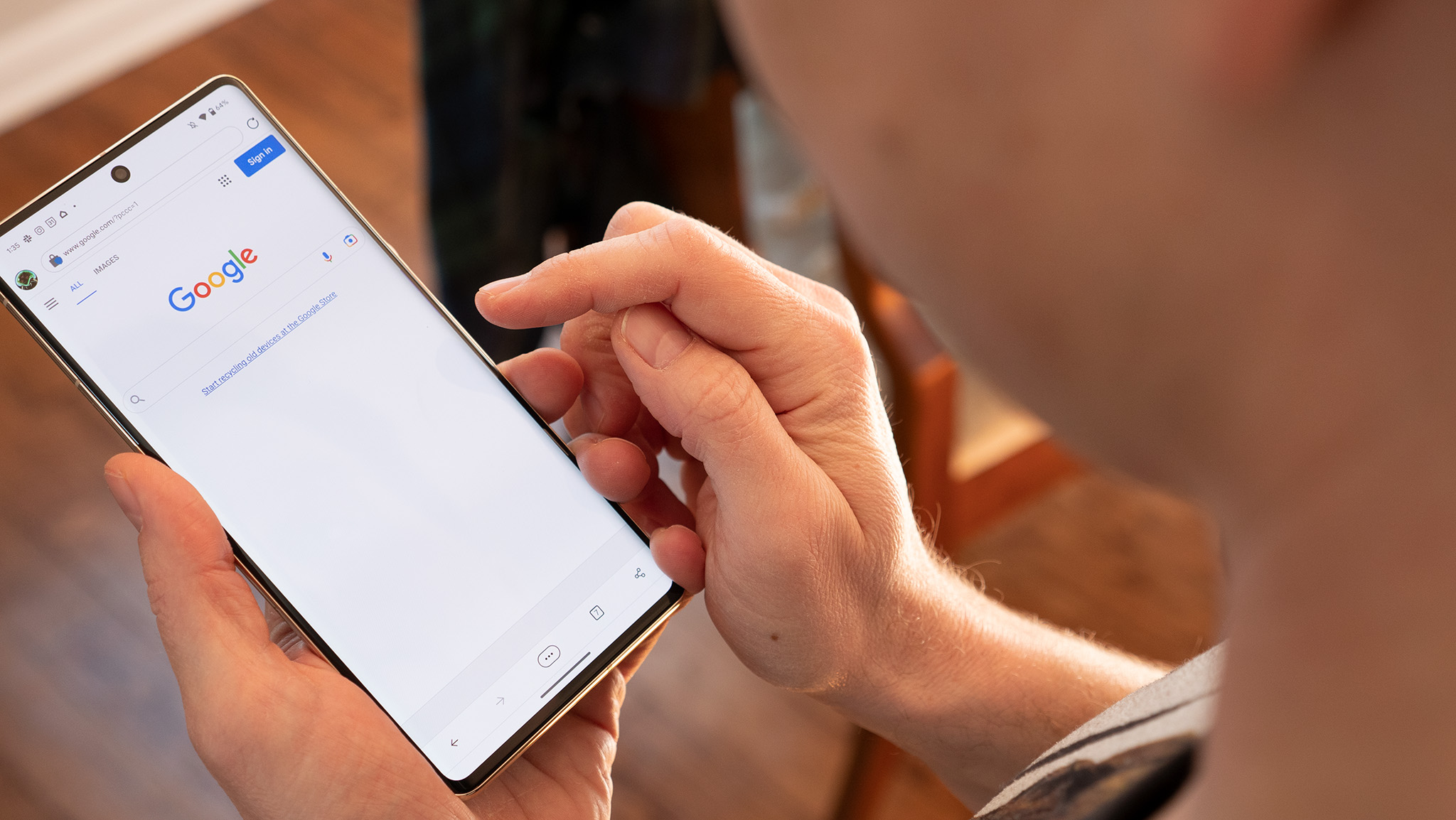
There's a big difference in the dimensions between the two phones, and that's because the Pixel 9 Pro is smaller this time around. The 7 Pro's equivalent would actually be the pricier 9 Pro XL, in terms of size. The Pixel 9 Pro now has a 6.3-inch display, the same as the Pixel 7, but the display specs are that of a true Pro Pixel phone. It's a Super Actua OLED panel with a 2,856x1,280 resolution, 1-120Hz variable refresh rate, and a peak brightness of up to 3,000 nits.
The Pixel 7 Pro has a larger 6.7-inch LTPO OLED with a 1,440 x 1,320 resolution, a 1-120Hz refresh rate, and a peak brightness of up to 1,500 nits. It's a bit thicker than the 9 Pro at 8.9mm and heavier too at 212g. Both models are IP68-rated for robust dust and water resistance.
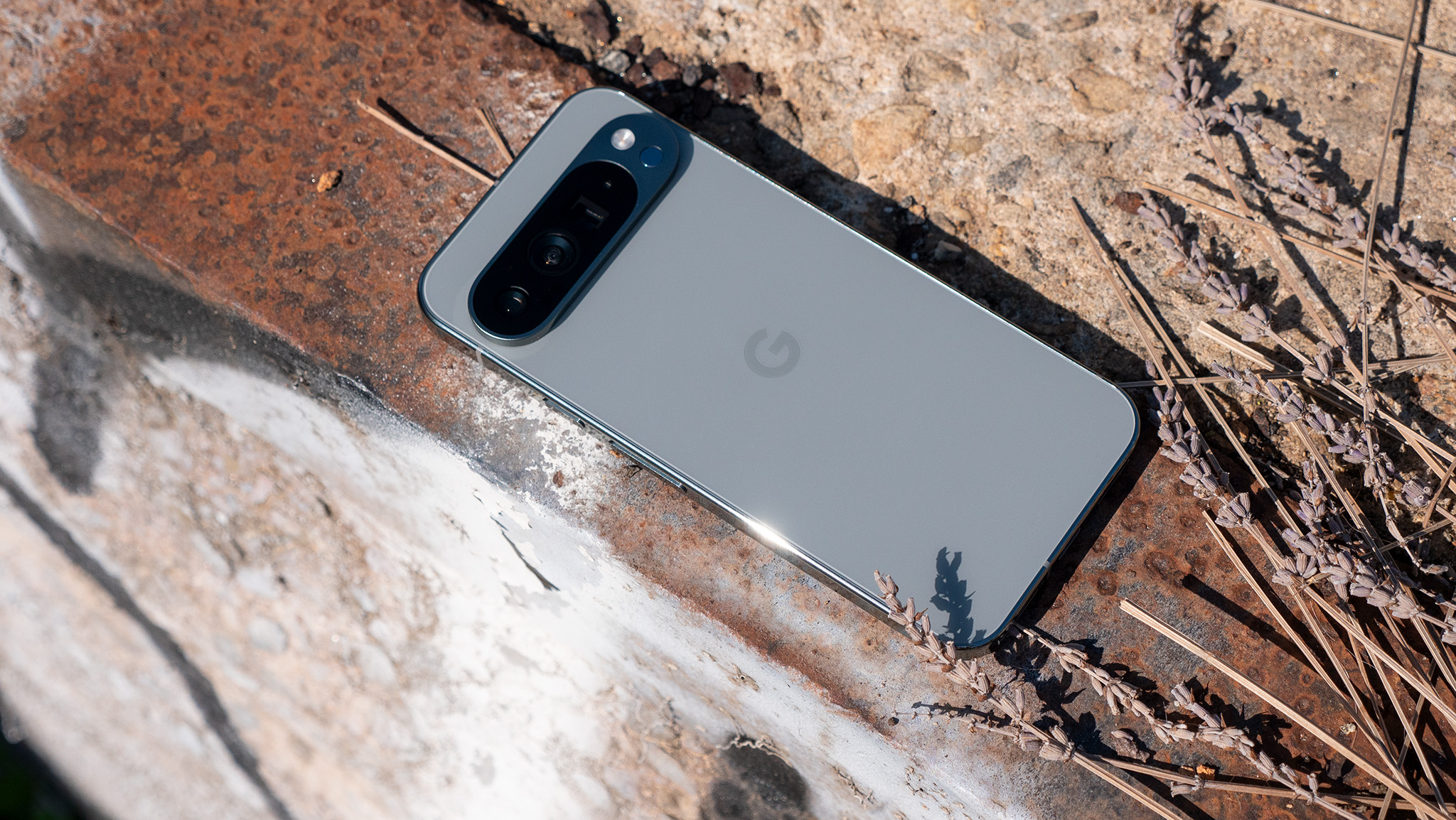
If I had to choose between the two purely based on design and size, my vote would go with the Pixel 9 Pro. I love the new bold look, vibrant colors, and the fact that it's easier to slip into a pocket or use with one hand.
Google Pixel 9 Pro vs. Pixel 7 Pro: Hardware and specs

The Google Pixel 9 Pro starts at $999, which is the same as last year's 8 Pro. It's a shame though that you still get just 128GB of base storage. Similar to the past trends, $100 more will get you 256GB, the 512GB variant is priced at $1,219, and there's a 1TB variant (only in Obsidian) now for $1,449. Discounts are a bit slim since it's a new release, but we should see some offers during Black Friday. The good thing is that 16GB of RAM is standard on the 9 Pro.
Get the latest news from Android Central, your trusted companion in the world of Android
The Pixel 7 Pro is sold at full price on Google's online store, which is silly, but you'll find good deals at other retailers. Amazon, for instance, has the 512GB of the 7 Pro listed for just $500, which is a crazy-good price. The amount of RAM is 12GB on this model.
One of the biggest differences between the two phones is the processor. The Pixel 7 Pro uses the Tensor G2, while the 9 Pro uses the latest Tensor G4. The new processor is definitely a step up compared to the G2. In our experience, we found that the thermals are a lot better compared to the G3. Raw performance is still lacking though when compared to the latest and greatest from Qualcomm. If you're into playing visually intensive games, neither of these Pixels is really cut out for the job.
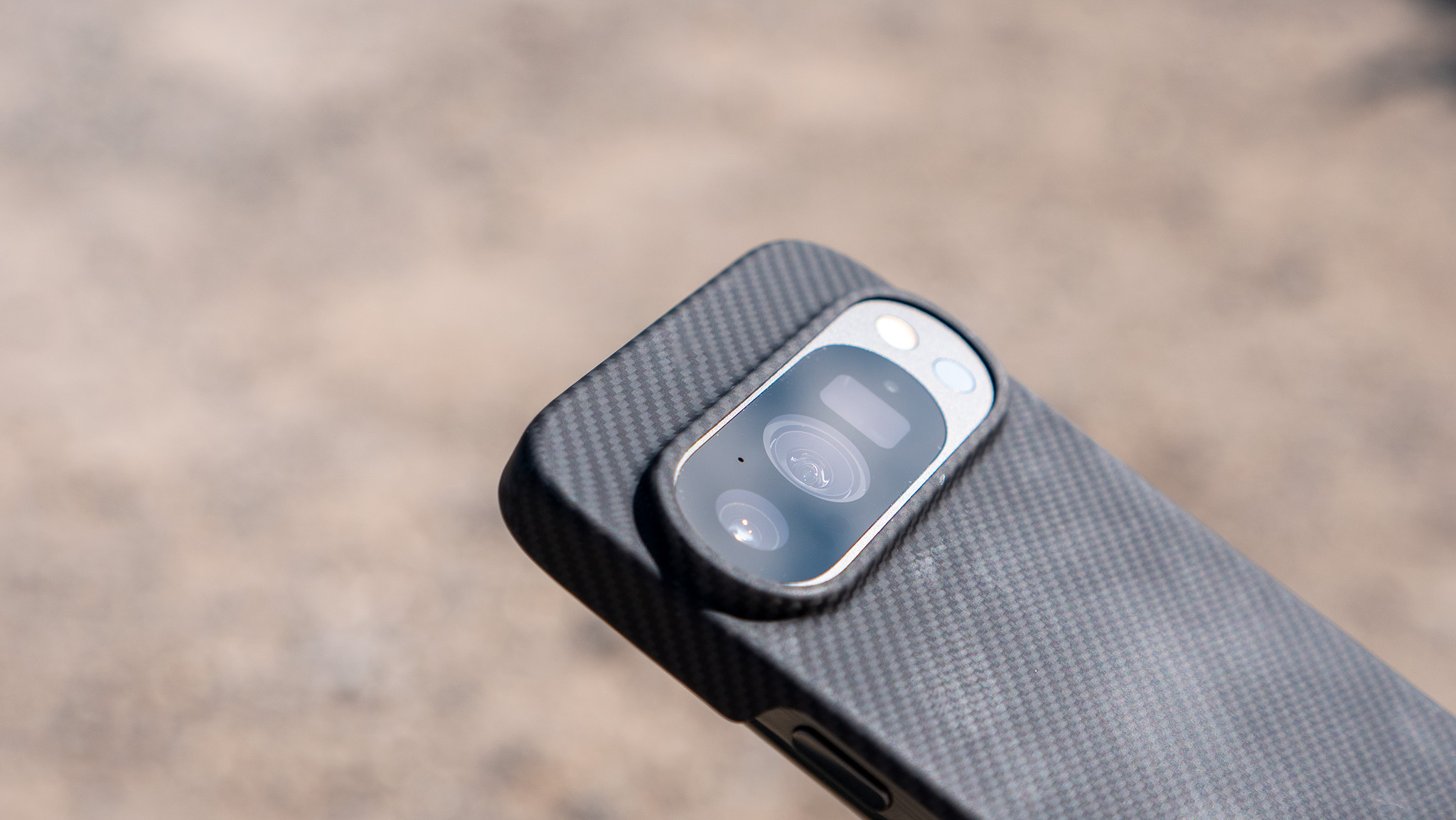
Both phones promise more than 24 hours of battery life, which I believe is possible despite the difference in battery capacities. The Pixel 7 Pro has a larger 5,000mAh battery which managed to last one full day when we reviewed it. We've been getting good battery life from the Pixel 9 Pro too in our ongoing review, despite it having a 4,700mAh capacity. We believe the more power-efficient Tensor SoC is responsible for this. Google also claims to deliver up to 100 hours of battery life if you use the Extreme Battery Saver mode (up to 72 hours with the 7 Pro).
Charging speeds are also slightly better with the Pixel 9 Pro. Using a compatible PPS charger, the 9 Pro can charge at 27W, compared to 23W with the 7 Pro. Interestingly, wireless charging speeds are similar on both phones using the Pixel Stand (2nd Gen) charger. The 9 Pro only charges at up to 21W wirelessly while the 7 Pro supports up to 23W wirelessly with Google's own charging stand, the Pixel Stand (2nd Gen). If you use any other Qi wireless charger, speeds are capped at 12W for both phones.
| Header Cell - Column 0 | Pixel 9 Pro | Pixel 7 Pro |
|---|---|---|
| Display | 6.3-inch Super Actua display, 120Hz LTPO AMOLED (1-120Hz), 2856x1280, HDR, up to 3000 nits, Gorilla Glass Victus 2 | 6.7-inch OLED display, 120Hz LTPO (1-120Hz), 3120x1440, HDR, up to 1500 nits, Gorilla Glass Victus |
| Chipset | Tensor G4 | Tensor G2 |
| RAM | 16GB | 12GB |
| Storage | 128GB, 256GB, 512GB, 1TB | 128GB, 256GB, 512GB |
| Rear cameras | 50MP main + 48MP ultrawide + 48MP telephoto | 50MP main + 12MP ultrawide + 48MP telephoto |
| Front camera | 42MP | 10.8MP |
| Ingress protection | IP68 | IP68 |
| Battery | 4,700mAh, 27W* wired charging 21W* wireless charging (* using Google's charger) | 5,000mAh, 23W* wired charging 23W* wireless charging (* using Google's charger) |
| Dimensions and weight | 152.8 x 72 x 8.5mm, 199g | 162.9 x 76.6 x 8.9 mm, 212g |
| Colors | Obsidian, Porcelain, Hazel, Rose Quartz | Obsidian, Snow, Hazel |
| Software | Android 14 (Seven years of OS upgrades) | Android 13 (Three years of OS upgrades) |
Pixel phones rarely miss when it comes to image quality, but the newer sensor specs of the Pixel 9 Pro should give it an edge over the 7 Pro when it comes to finer details. Both phones have a 50MP main camera, but the 9 Pro has a wider f/1.68 aperture vs. the f/1.85 aperture on the 7 Pro. The ultrawide gets a big boost in the 9 Pro thanks to the 48MP sensor and f/1.7 aperture. The 7 Pro uses a 12MP sensor with a narrower aperture, but it has a wider field of view. Both sensors have autofocus. The telephoto camera is also 48MP with 5x optical zoom on both phones, but the 9 Pro gets a f/2.8 aperture (vs. f/3.5).
The Pixel 9 Pro takes the video capabilities up a notch with 8K at 30fps support, versus just 4K at 60fps on the 7 Pro. It's a cool feature to brag about, but not sure many would actually choose to shoot at 8K. The selfie camera gets a major upgrade on the 9 Pro as well, with a 42MP sensor compared to the 10.8MP one on the 7 Pro.
Google Pixel 9 Pro vs. Pixel 7 Pro: Software

Hardware has always played second fiddle in Pixel phones, and it's no different today. What really sets the Pixel 9 Pro apart are the new AI features like 'Add me', which is currently exclusive to the 9 series. That, and the fact that it will be getting seven years of OS upgrades and security patches. Sadly, the Pixel 7 Pro only has a three-year commitment for OS upgrades, which means it won't get anything beyond October 2025. Security patches will still come through till October 2027.
Considering how Google is constantly making the Pixel experience better via new feature additions through monthly Pixel Drop updates, you'll ideally want something that's supported for at least a couple of years. This could also be one of the reasons for the big discounts on the 7 Pro (apart from wanting to clear stocks).
Google Pixel 9 Pro vs. Pixel 7 Pro: Which one should you buy?
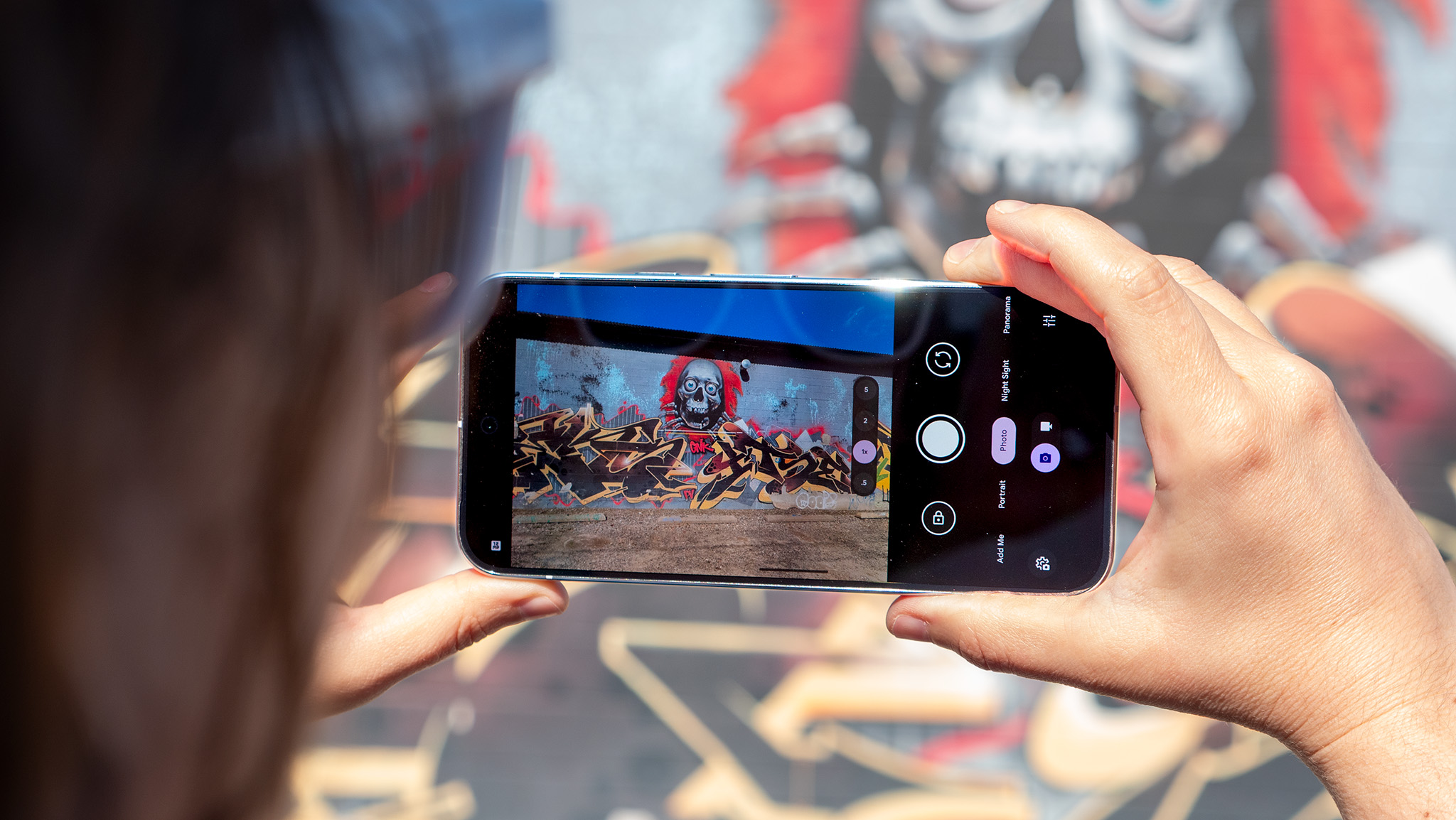
As much as I want to recommend the Pixel 7 Pro at its current discounted prices, the Pixel 9 Pro is the more sensible buy for the long run. You'll be paying a steep premium upfront for sure, but you're set for the next seven years for updates (if you'll even be using it that long). That's the kind of peace of mind that I can live with. I'm sure next year's Pixel series will have features exclusive to it, but those will eventually trickle down to the 9 series.
The one thing about 9 Pro is that you'll have to settle for a smaller screen. If you've been wanting just that, then great, else the 9 Pro XL is what you'll want if you need a larger display like the 7 Pro. The Pixel 8 Pro is worth considering if you can find a good deal, but it's not as compact as the 9 Pro.
You should only consider the Pixel 7 Pro if you plan on upgrading after a year or two, and are not into gaming all that much. It's a steal at its current discounted price, and you should grab it before it's gone. It's the best cheap Android phone under $500 right now, other than the Pixel 8a.

Best compact Pixel
The Pixel 9 Pro is expensive, but it's the best small-sized Pixel you can buy right now. If you have the budget, you won't be disappointed.

Bargain king
The Pixel 7 Pro can now be found for way less than its original price, making it a fantastic deal. If you're looking for a short-term upgrade, the 7 Pro might just be the hottest deal right now.

Roydon has been writing about personal technology for 10+ years, and has covered everything from news, reviews, features, to on-ground coverage of big trade shows like CES. He's passionate about mobile technology and computing, dabbles with photography, and is still struggling to work his way through his Steam and PS4 game library.
You must confirm your public display name before commenting
Please logout and then login again, you will then be prompted to enter your display name.
